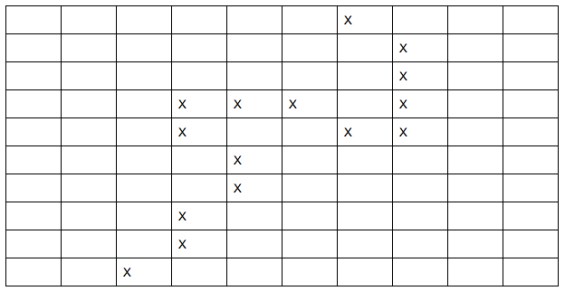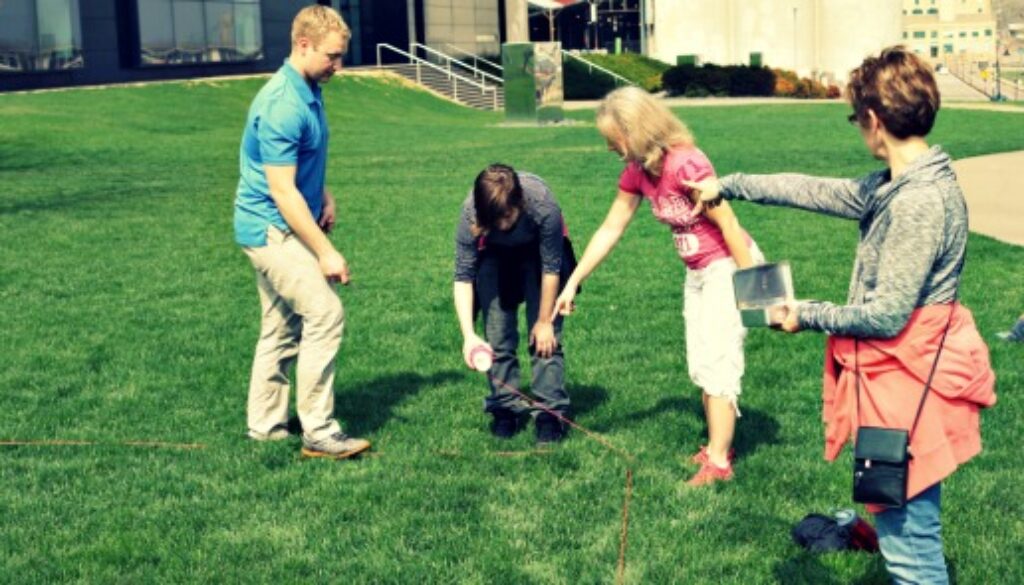Two Activities to help you Experience StrengthsFinder
StrengthsFinder is a fascinating tool, and is uniquely positioned to help individuals and organizations build strong people, strong teams and strengths based cultures.
Since the year 2000, we have used it help individuals better understand what they contribute to an organization. We have also helped organizations build and develop a strengths based culture. We accomplish this through our Strengths education, one to one conversations, Learning Community 360, and a wide variety of activities to experience StrengthsFinder.
What is an Experiential Activity?
Simply put, anything that you experience in a hands on way is an experiential activity. We use these activities because they allow us deeper insight and learning into how an individual uses their strengths. We can also see, in real time, how those strengths contribute to a team, and how a team reacts to their environment.
We use this to give feedback for ways to better leverage and hone the uniqueness of the group. It’s a way to view things outside the confines of the normal Day to Day roles responsibilities people have.
When consulting with a group of IT professionals, after our day of StrengthsFinder education, we went through a cooking class with them. They were divided into teams, each with different tasks related to preparing the meal. We joined them, making strengths based behavior observations, and provided feedback later.
Create Your Own Activity to Experience StrengthsFinder
On a number of occasions, we get the opportunity to bring clients through a Vision Trekk experience. Vision Trekk is our 4 hour (or 4 day), strengths based learning lab that provides multiple points of application, understanding and experiences to help individuals grow in their own strengths learning as well as team functioning.
Below are two activities we use to help groups experience StrengthsFinder. These are easy to setup, so you can use them as part of an extended staff meeting, or half day off site.
Part of the genius of these activities is that they are wide open to interpretation. There is (for the most part) not one specific way to complete them. They were created to be intentionally vague so that participants would have the freedom to be who they are.
Each activity does have a intended focus however. You’ll see below we have created a few questions to help facilitators look for and draw out certain themes and make strengths based applications.
Getting Started
Each of the challenges can be created with items found at your local hardware or dollar store. Feel free to tweak as needed for your situation.
Supplies
- 15 – 20 wiffle balls.
- 4 medium sized buckets
- Blindfolds (enough for half of your group)
- 2 rolls of mason string or kite string (you’ll need about 400 ft total)
- 100 six inch nails
Note: While all debrief questions are posed from an individual perspective, challenge your group to think from a team based perspective as well.
Challenge 1 – Grid Puzzle Maze
Objective -Assemble a maze and direct your team through.
Instructions Step 1
- Using the supplies provided, create a grid that is a 10 x 10 square.
- Each square should be approximately 1‘x1’.
- Have participants create this as part of the challenge.
Instructions Step 2
- Once the grid maze is complete, each team member will go through it, one after another.
- Have everyone line up, single file horizontally along the bottom edge of the grid.
- The first person will pick a square, at random, and step into it.
- If it is the correct square, they may select a second square, and continue moving through the maze until they guess incorrectly.
- When they do guess wrong, they move to the back of the line and the next person must start from the beginning.
Below is a sample of the “correct” way the teams needs to traverse the maze. It’s completely arbitrary, but the facilitator will need to have this printed (or make their own) and keep track of where team members step. They simply says yes or no as team members step into each square.
Team finishes on this end. Facilitator stand here.
 Team starts on this end.
Team starts on this end.
Strengths Focus: Timing
The focus of this challenge is to observe how a team operates when it is one person time to lead. In leadership, there is a time to lead and a time to follow. When it’s your turn to follow, how are you leveraging your unique strengths to help the person who is leading? When it’s your turn to lead, how are you relying on the strengths of others (and your own) to finish the task and help the greater good?
Suggested Debrief Questions
- How do you prepare yourself to maximize your strengths when it’s time to use them?
- How do your strengths engage when you’re on the sidelines, in a serving role?
- What unique contributions do your strengths make, and when is the best time to contribute them?
Challenge 2 – Blindfold Ball Drop
Objective – Each team member must pick up all wiffle balls from playing field and place them into buckets.
Setup
- Place buckets at one end of the “playing” field.
- Distribute blind folds to half the team.
- The other half of the team should start near buckets, (approximately 25 yards from buckets) on opposite end.
- Have team members pair off – one person paired on each end (one with the blindfold, one without).
Instructions
- Once blindfolds are on, throw wiffle balls randomly onto the playing field, distributing them widely.
- The half of the team not blindfolded will stand behind the buckets and guide each team member (using only their voice) to the buckets, picking up all balls along the way and dropping them into the buckets at the end.
Strengths Focus: Communication
The point of this challenge is to observe communication styles, both verbal and nonverbal. Strengths often manifest themselves most in the way we use them to convey an idea or message.
Suggested Debrief Questions
- How do your strengths impact the way you communicate?
- How do communication styles change with additional resources or knowledge?
- What observable differences were there in the way people communicated, and what can you connect back to a behavior in their theme print?
What other activities have you used to experience StrengthsFinder? How do you see the behaviors behind the strengths of your team? Share them in the comments below.





